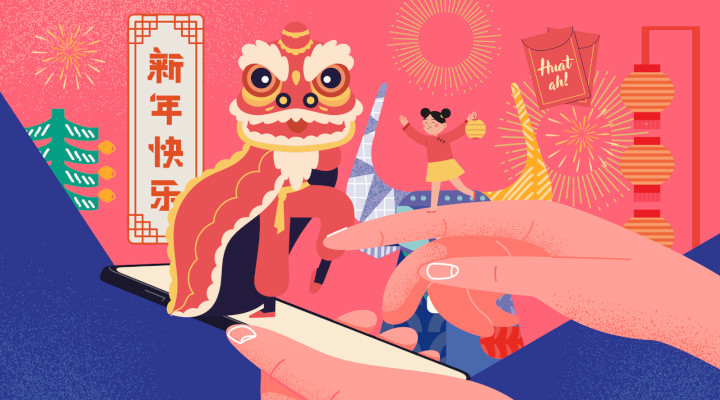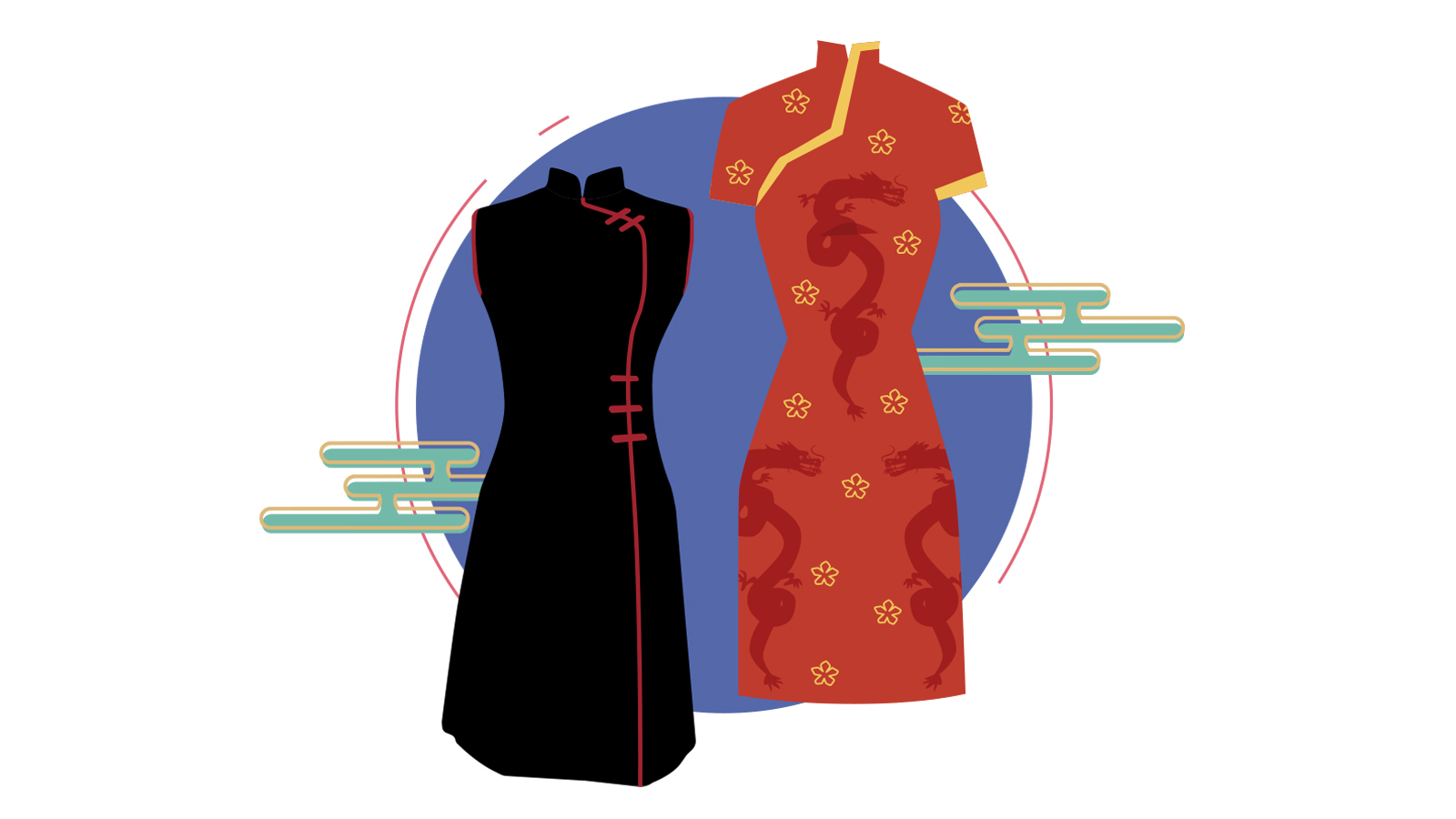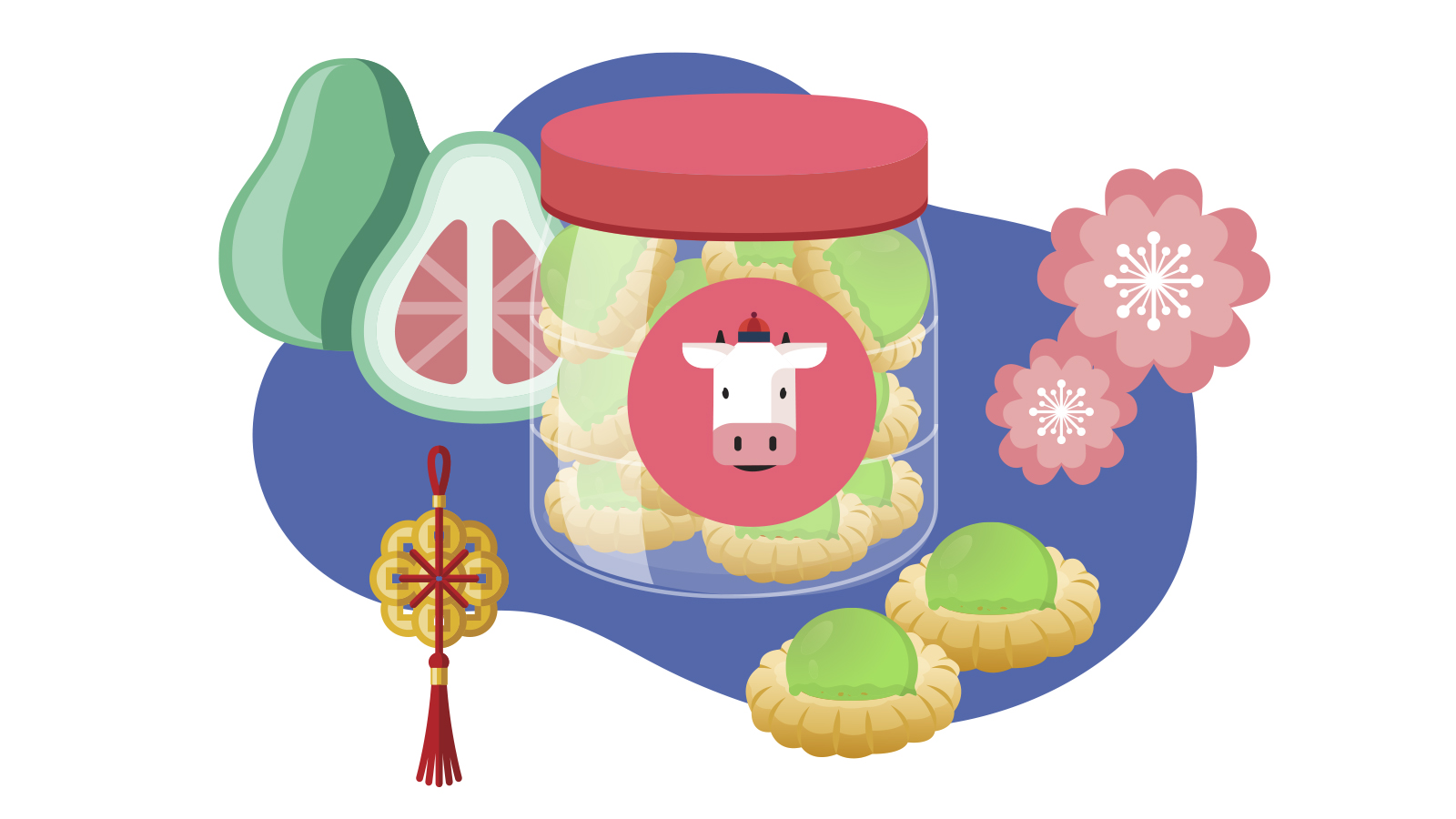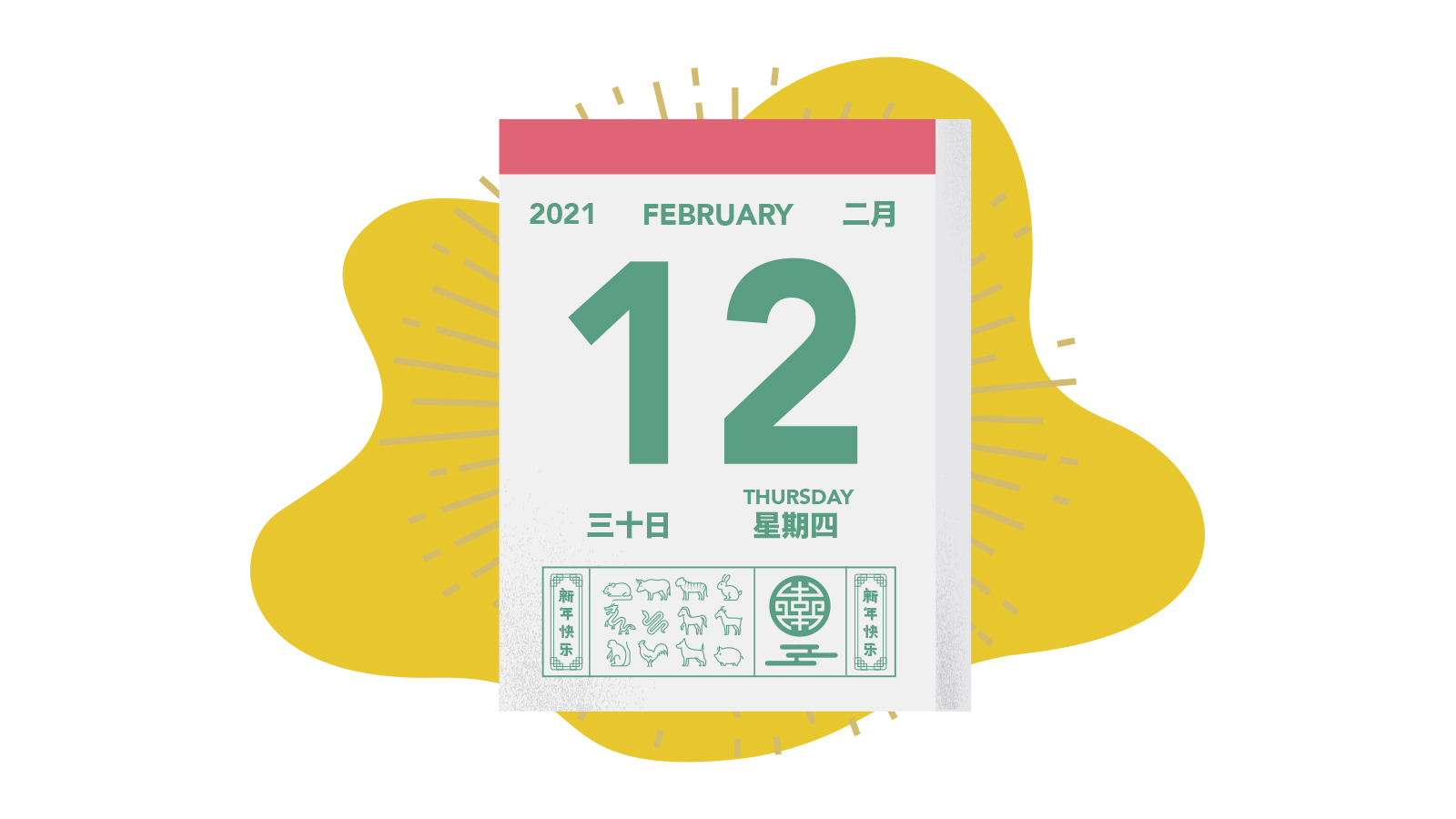Chinese New Year 2021 Celebrations With A Twist

A TREND TO WATCH
Observed over fifteen days, Chinese New Year is the longest and most auspicious festival celebrated in Chinese communities. It is an occasion to enjoy family reunion dinners, don new clothes and exchange red packets. However, as COVID-19 lingers worldwide, CNY celebrations in 2021 will be quieter than ever, with smaller annual bazaars and house visits limited.
Despite this, families can still commemorate the festive season with their loved ones through digital means or smaller-scale gatherings. For instance, with the annual Chingay parade going virtual for the first time, Singaporeans can expect a digital fiesta on February 20 with over 2,000 performers, a massive 100-lion dance involving local and overseas troupes, and CGI effects to enhance other performances. The annual River Hongbao is also taking on a hybrid approach – visitors will need to book slots for the physical lantern displays at Gardens by the Bay, where pre-recorded dance performances will be screened.
The future of festivals seems likely to be a mix of safety-distanced physical events and digital experiences. And with the benefits of inclusivity and greater participation from home, this may well continue even after COVID-19 is conquered.

Virtual Thaipusam
Thaipusam, which fell on 28 January, was also a smaller affair in 2021. Nevertheless, you can experience five decades of Singapore’s Thaipusam celebrations with a guided “audio-visual-text” walking tour on your mobile phone, through Velvel: A Sonic Walk, a digital project by The Arts House. Till January 18, 2022.
GLOBAL OUTLOOK
A look at modified CNY celebrations in Singapore and around the world.

Family Visiting
In Singapore, CNY house visits will be capped at eight visitors per household each day. To avoid headaches over whom to visit and invite each day, it might be best to start planning for family gatherings over Zoom. And while this new safety measure naturally entails a scaled-down reunion dinner, many restaurants are innovating by offering delivery services for CNY course meals, allowing for cosy reunion dinners to be enjoyed at home.
In China, stricter quarantine measures and negative swab test results are required to discourage domestic travel during the CNY period.
(What do you think of Singapore’s CNY advisories? Share a witty caption for two illustrated scenarios.)

Red Packets
The Monetary Authority of Singapore is encouraging Singaporeans to transfer angbao funds electronically, so as to reduce physical contact and be more environmentally friendly. Local banks are rolling out e-angbaos with customisable designs and greetings to replicate the traditional gesture of angbao giving. Another way to go green is by using reusable cloth angbaos – these can also serve as family heirlooms as they continue to be reused and passed down each year.
In Malaysia, non-profit community Dignity for Children’s Foundation has established a social enterprise that sews reusable angbaos known as the DignityPao using donated fabrics. The initiative aims to promote sustainability while giving underprivileged youths and refugees the opportunity to learn sewing and develop entrepreneurial skills.

CNY Shopping
For the first time since its inception, the annual CNY bazaar in Chinatown has been cancelled. To beef up dampened sales, Chinatown Complex launched an e-store to sell products including household items, food, clothes and wet market ingredients. Despite this, there will still be plenty of decorative lanterns illuminating Eu Tong Sen Street and South Bridge Road to admire with your loved ones.
In Hong Kong, the Lunar New Year night parade in Tsim Sha Tsui has been called off for the second consecutive year, after safety concerns caused the 2020 parade to be cancelled.

Festive Fashion
CNY outfits are usually red and brightly coloured to symbolise wealth, prosperity and an auspicious start to the year. However, this superstition is being challenged as more youngsters wear various fusion styles, including colours traditionally deemed taboo, such as black or white. The body-hugging cheongsam has also evolved to meet modern aesthetics and activities, and is fast becoming part of many ladies’ everyday wear.
In Vietnam, the Ao Dai national costume is worn during Lunar New Year. However, it is so versatile that many high schools have established the Ao Dai as a compulsory uniform, typically white in colour.

Unusual Flavours
As more home-based bakeries emerge amid the COVID-19 situation, classic CNY goodies are evolving to suit even more taste buds and price ranges. Pineapple tarts are now available in different shapes, sizes and flavours including orh nee, yuzu and lychee. Other unique goodies include mala zai-er, Thai milk tea cookies and rainbow kueh lapis.

EXPLAINER
Why does the Chinese New Year fall on a Different Day Every Year?
During the Shang Dynasty in the 14th century B.C., the Chinese marked the New Year based on the lunisolar calendar. As every lunar month consists of approximately 29.5 days, one lunar year lasts about 354 days compared to the solar year that lasts 365 days.
To compensate for this different duration and stay aligned with the standard Gregorian calendar, the Chinese insert an additional month periodically. This is why the Chinese New Year falls on a different day every year.
- POSTED ON
Feb 8, 2021
- TEXT BY
Kate Ling
- ILLUSTRATION BY
mushroomhead









